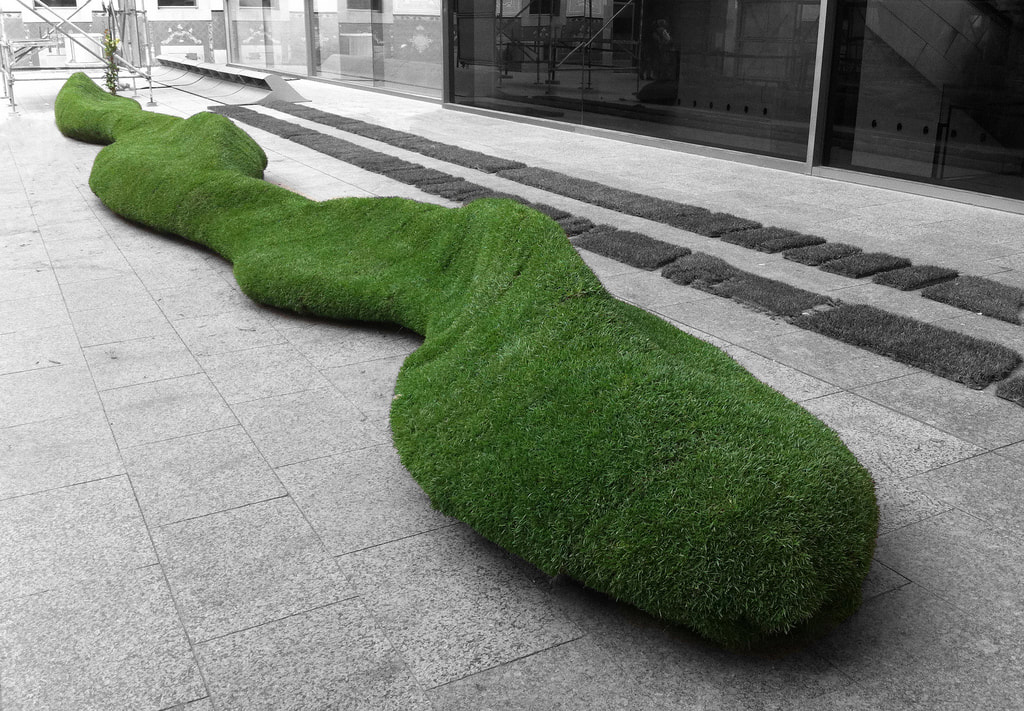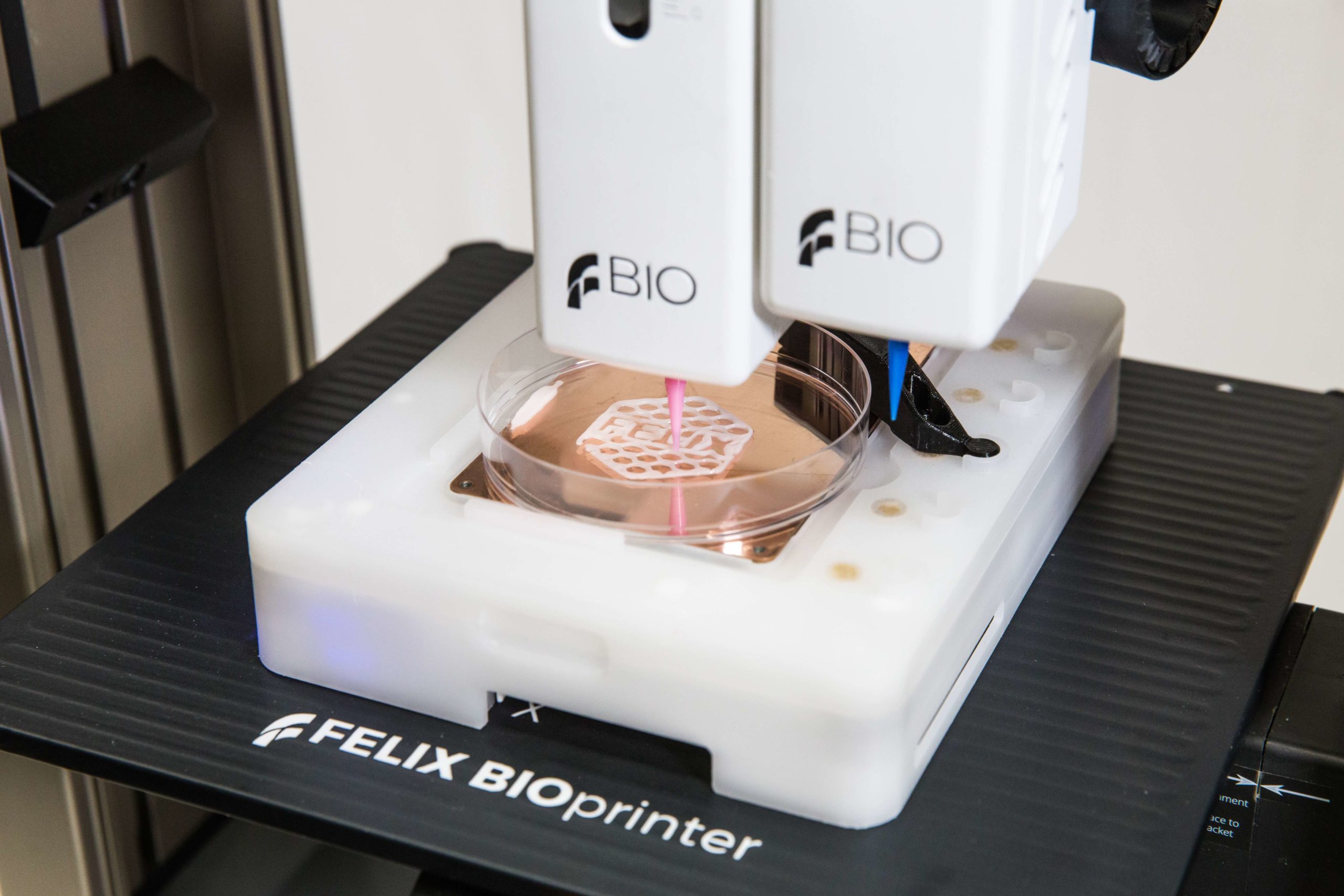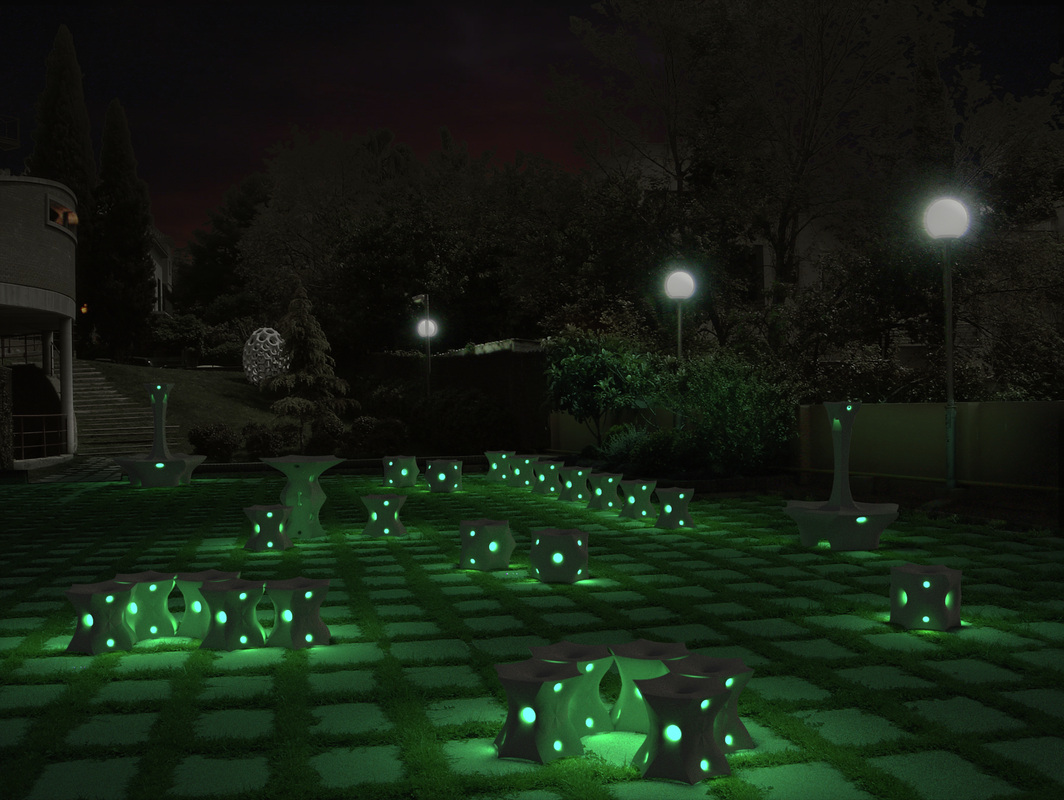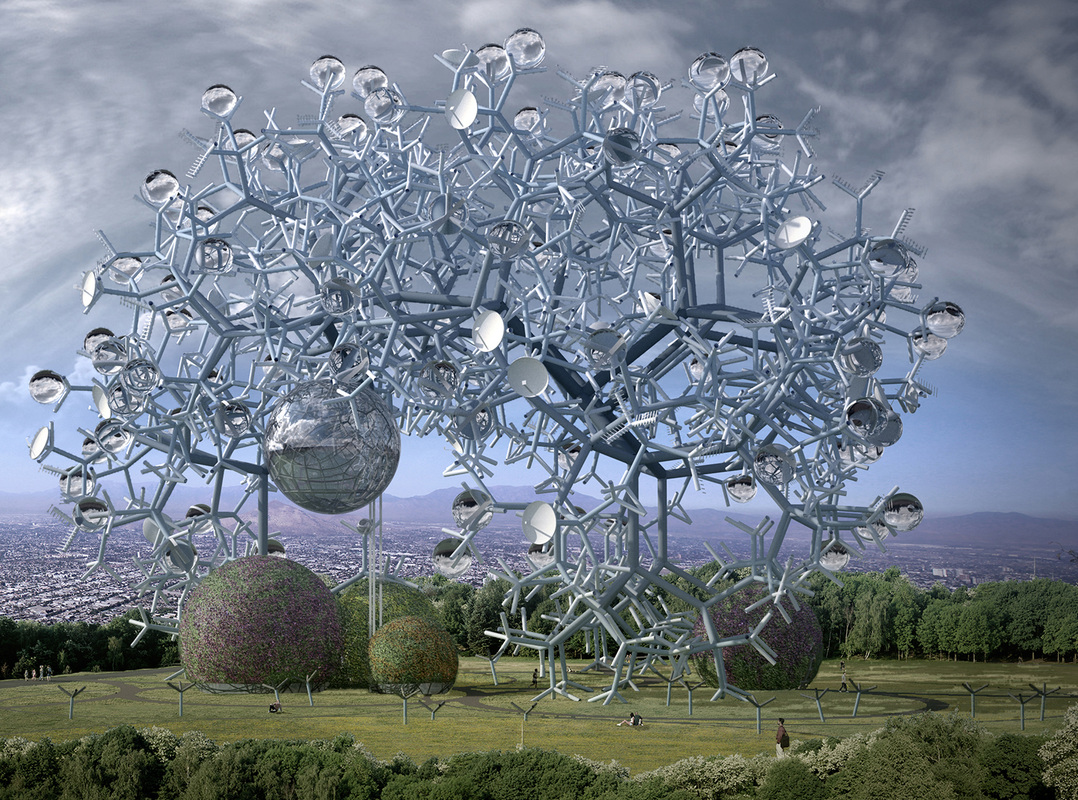Biodigital Architecture: FELIXprinters and iBAG-UIC to Test Living Biomaterials for Sustainable Architecture
Focused on bringing together biological and digital technologies to transform architecture, the Institute for BioDigital Architecture and Genetics at the International University of Catalonia (iBAG-UIC) in Barcelona, has announced a collaboration with 3D printer manufacturer FELIXprinters to bioprint and test a line of new living biomaterials for sustainable architecture.
The iBAG-UIC’s unique approach to biodigital architecture is part of a novel form of biological intelligence, where the interaction between genetics, digital manufacturing, and machine learning lays the groundwork for a vanguard urban landscape of “living” architectural designs. Biodigital architecture “combines nature’s intelligence and computational-based technology,” stated the institute, based on the assertion that nature has all the answers and that as our scientific understanding advances, so does our ability to grasp what nature has to reveal.
Committed to adopting and employing the latest advances in digital fabrication technologies, the iBAG-UIC was one of the first innovation centers to include different types of 3D printing technologies and machines in its architectural design and fabrication process. Through the new collaboration, the institute’s research line of bioactive tissues, managed by Yomna K. Abdallah, an Assistant Professor at the UIC’s Department of Architecture, will use FELIXprinters’ BIOprinter device to investigate biomaterials, that will serve to create sustainable and eco-friendly structures that will integrate into the natural environment and ecosystem.
One of the latest additions to the Dutch 3D printer manufacturer’s broadening portfolio is the BIOprinter. Designed to work for all types of bioprinting research, the competitively-priced device is the first machine of its kind in the Netherlands according to Guillaume Feliksdal, Founder and Director of the business. BIOprinter is a biofluid friendly extrusion system and hybrid 3D printing technology that simultaneously enables filament extrusion printing and hydrogel bioprinting, capable of incorporating in the same scaffold different material properties. Equipped with strong motors that can extrude a wide range of material types and viscosities, the machine is quite unique due to its modular design, easily upgradable features, and compatibility with any standard 5 ml syringe.
The printer will serve as an experimental basis for testing the printability of different compositions of customized bioinks and their rheological properties in the printing and post-printing process of cross-linking. According to iBAG-UIC, this phase is crucial to control the biomaterial tissue’s chemical, physical, and structural properties while maintaining their bio-viability. Finally, during the post-printing phase, iBAG-UIC researchers will experiment with the proliferation, differentiation, functionality, morphogenesis, and independent pathways of the printed biomaterials. During this final phase, the institute will create a pilot architectural built environment to test the biomaterials in real-time and under true operating conditions.

Biodigital Barcelona Bench, installation in International Architecture Festival. Image courtesy of iBAG-UIC
For two decades, new technologies have provided the researchers at iBAG-UIC with new architectural possibilities. Relying on data-driven production, CNC machining, 3D printers, and biofabrication tools, has led to new formulations of non-standard architecture based on the governing genetic principles of variation, mutation, and hybridization, rather than focusing on industrialized chain processes.
Inspired by the local architecture displayed predominantly throughout the city of Barcelona, as well as by the sustainable ideals behind the proto-surrealist movement of the early 1900s, the Director of the iBAG-UIC, Alberto Estévez, believes 3D bioprinting is one of the transformational tools that will help architecture adopt green futurism, with cities engineered to replicate nature.
During Estévez’ recent keynote speech at the annual Conference of the Ibero American Society of Digital Graphics (SIGraDi), held in November 2020, the expert said that the iBAG-UIC has been using bioprinters since 2019, along with genetical applications, to make live cells grow within customized architectural biomaterials to use in habitable spaces, allowing cities to “grow” naturally. The researchers at the institute’s Genetic Architecture Laboratory have worked on urban planning projects for schools, markets, museums, telecommunication towers, and parks. Some examples include a 3D printed Sahara House Project in 2017, to develop cheaper, faster, and safer housing in the desert; biodigital furniture, and a floral-styled marketplace.
“The buildings of Antoni Gaudí and the principles of surrealism serve us very well as a background explanation to understand biodigital architecture,” said Estévez. “At the same time, we have philosophers and geneticists at the institute, who provide us with a framework to understand this type of architecture. We believe that the cities of the future will be 50% biological and 50% digital, otherwise, we will have no cities at all. Today, our urban hubs resemble cargo containers stacked for storage, rather than something more natural, like a forest. The key is to learn from nature.”
A century after Catalan architect Antoni Gaudí created some of the most renowned projects in the world, like the boldly executed Sagrada Familia or the Casa Batlló in Barcelona. His work, inspired by the Art Nouveau style in Spain and regarded as the most representative and outstanding of the Modernista architects, remains among the most sustainable architecture today. His building designs showcase technical and structural innovations, leaving behind a legacy of sustainable creativity for the researchers at iBAG-UIC to follow. As part of a new form of biodigital architecture, the Barcelonian researchers at the institute are linking the biological, technological, and digital realms, trying to make cities far more environmentally friendlier than they are now, made from customized biomaterials that will be “create life,” growing and adapting to its surrounding.
Subscribe to Our Email Newsletter
Stay up-to-date on all the latest news from the 3D printing industry and receive information and offers from third party vendors.
You May Also Like
Profiling a Construction 3D Printing Pioneer: US Army Corps of Engineers’ Megan Kreiger
The world of construction 3D printing is still so new that the true experts can probably be counted on two hands. Among them is Megan Kreiger, Portfolio Manager of Additive...
US Army Corps of Engineers Taps Lincoln Electric & Eaton for Largest 3D Printed US Civil Works Part
The Soo Locks sit on the US-Canadian border, enabling maritime travel between Lake Superior and Lake Huron, from which ships can reach the rest of the Great Lakes. Crafts carrying...
Construction 3D Printing CEO Reflects on Being Female in Construction
Natalie Wadley, CEO of ChangeMaker3D, could hear the words of her daughter sitting next to her resounding in her head. “Mum, MUM, you’ve won!” Wadley had just won the prestigious...
1Print to Commercialize 3D Printed Coastal Resilience Solutions
1Print, a company that specializes in deploying additive construction (AC) for infrastructure projects, has entered an agreement with the University of Miami (UM) to accelerate commercialization of the SEAHIVE shoreline...
































